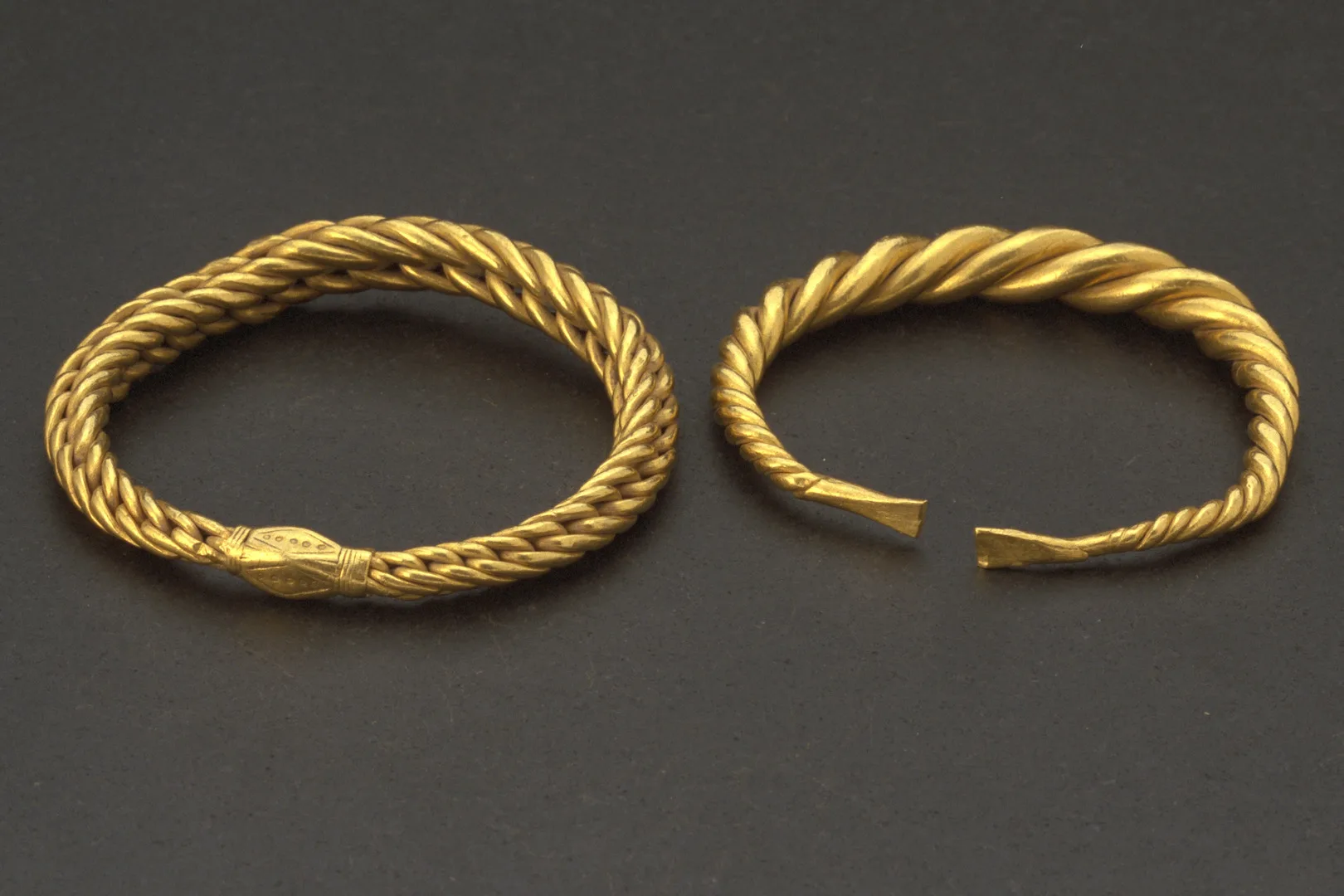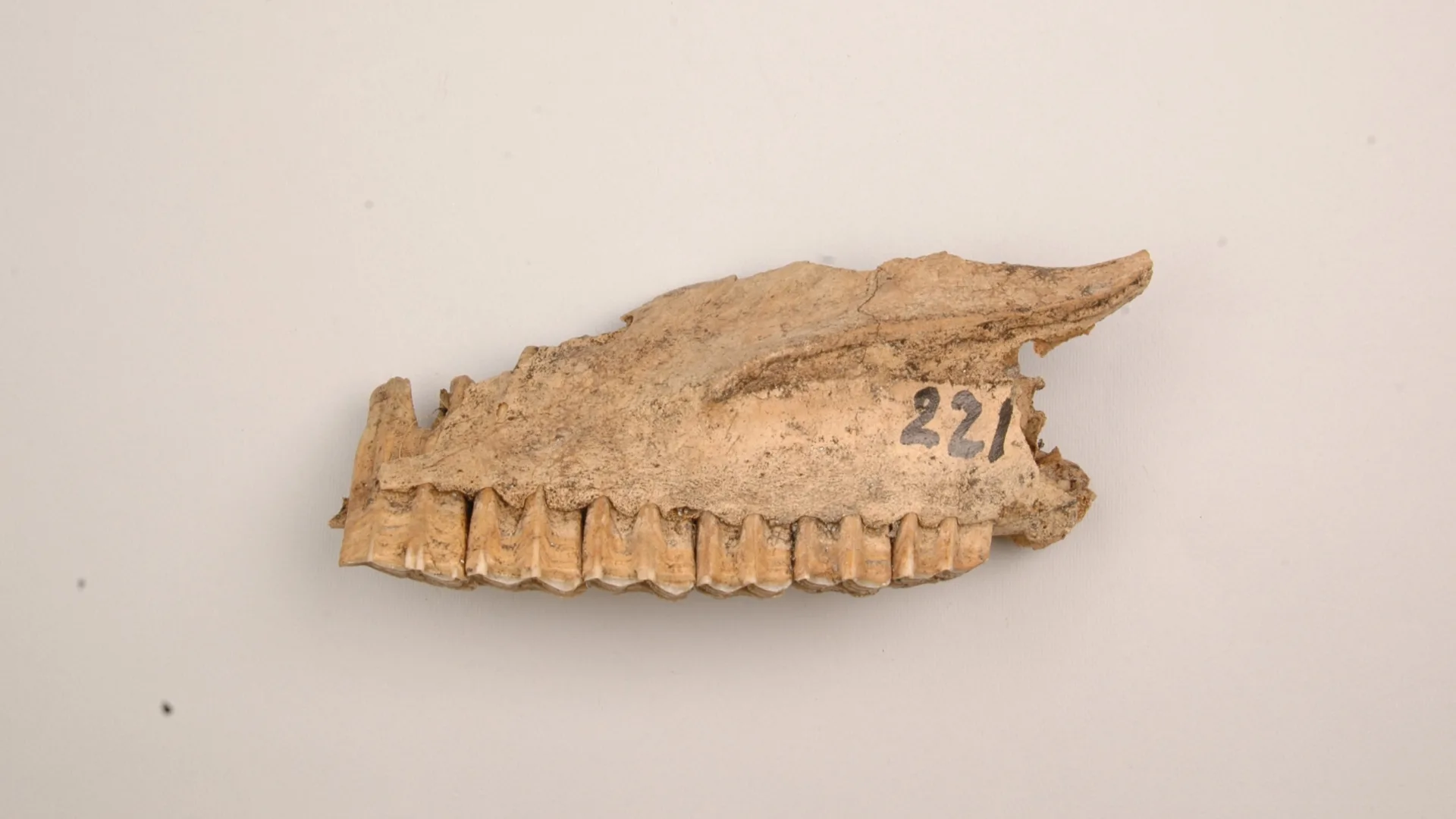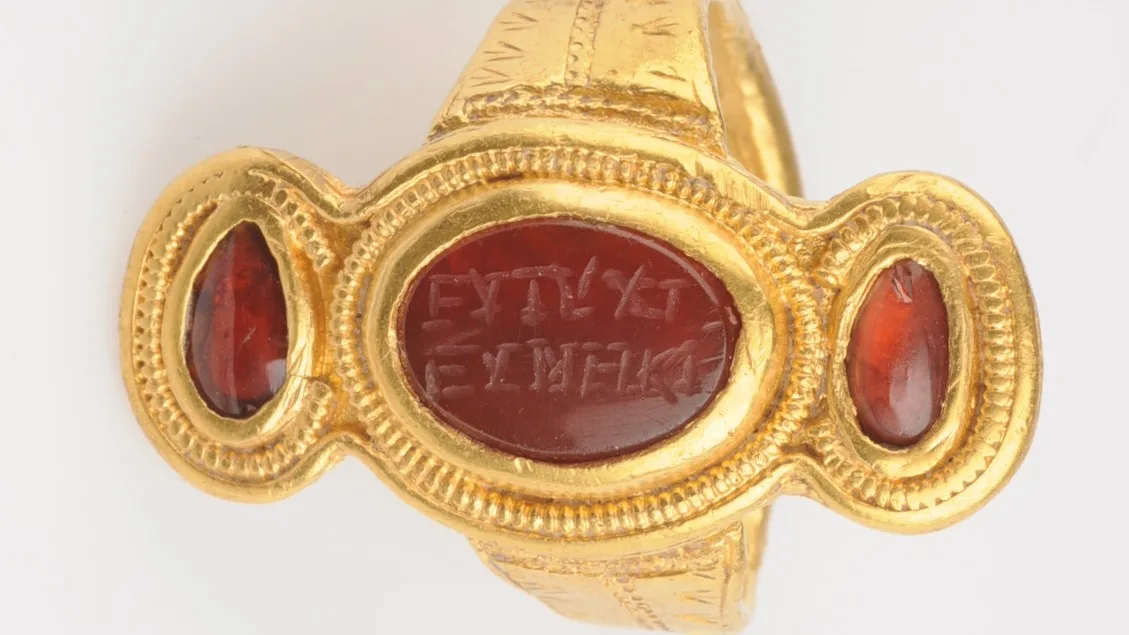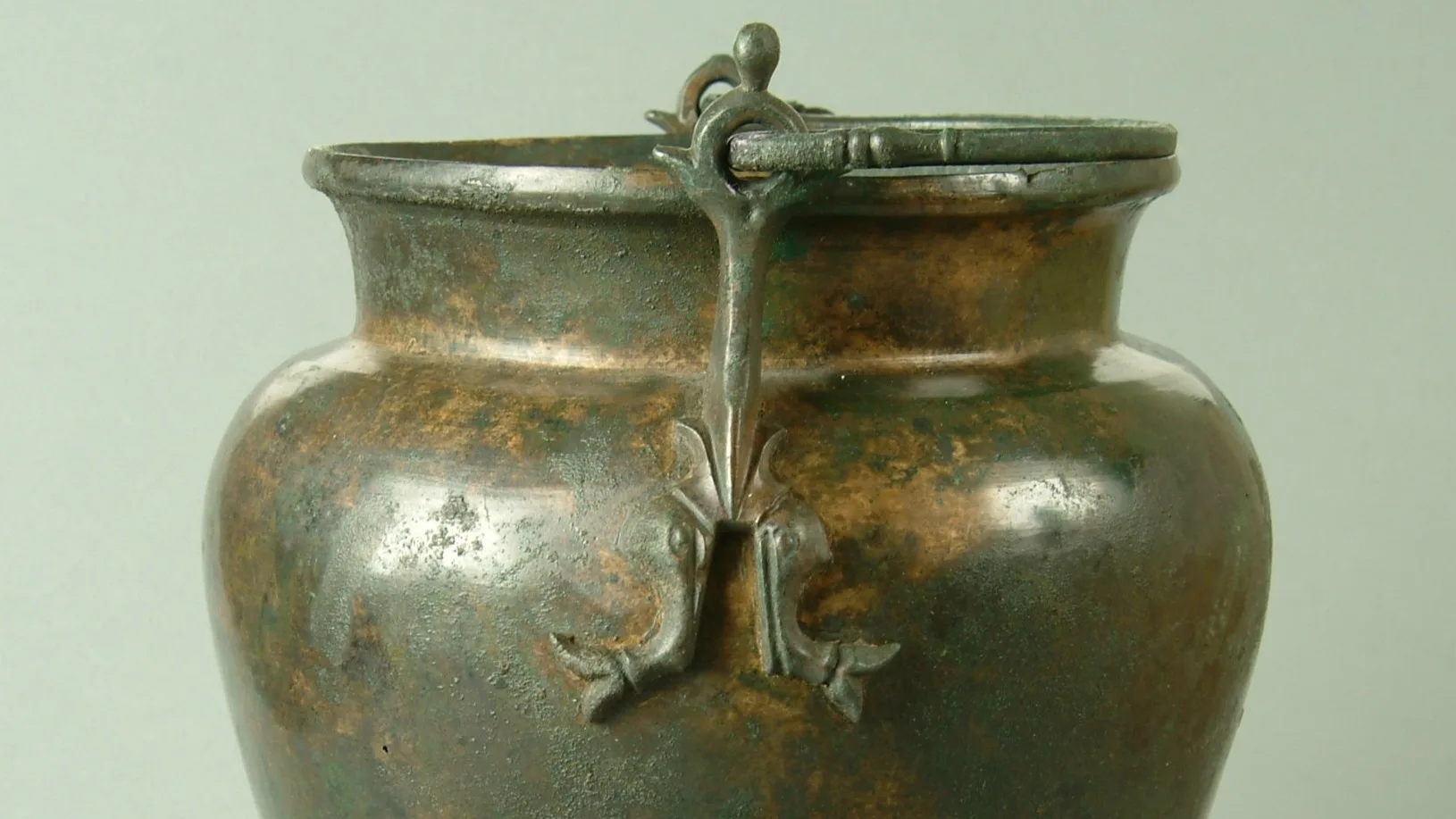The farmhand who found Viking gold
Iron Age
500 BC – AD 1100
Viking Age
AD 800 – AD 1100
Middle Ages
AD 1050 – AD 1520

Ljusterö is one of the largest islands in the Stockholm archipelago, where people have long made their living from farming, hunting and fishing. On the northernmost part of Norra Ljusterö, at a farm called Sillinge, the then 19-year-old Josef Jansson was working as a farmhand.
That December morning he harnessed the horse to the plough and began turning the soil. Then suddenly, something gleamed down in the earth. Or as Josef himself described it:
It lay at the bottom of the furrow. Drove past. Picked it up afterwards.
At first Josef did not realise quite how extraordinary his find was. Two beautiful and unusual gold arm-rings, fashioned from twisted and plaited gold rods, with a combined weight of nearly 0.4 kilograms.

Two gold bracelets
Dispute with the farmer over finder’s reward
Josef took the rings back to his small room in the farmhand’s quarters, where they decorated the window ledge of his little cubbyhole. One day a visitor from Blidö spotted Josef’s rings and told him they ought to be handed in, which they duly were. It remains unclear, however, whether it was Josef himself or his master who made sure the rings reached the Swedish History Museum.
Josef did in fact receive a finder’s reward for his remarkable discovery: 1,100 kronor, a considerable sum for a farmhand at the time. But by then a dispute had arisen with the farmer, and Josef was no longer allowed to plough the field where he had made his find. Instead, he was sent off to other work.
In 1978 Josef was an old man, but still sprightly enough to point out the exact spot where he had unearthed the treasure in his youth. The site has since been searched with metal detectors by the Swedish National Heritage Board, but nothing further has come to light.
Rare Viking gold
The treasure Josef discovered is quite unique. The Viking Age is often called the “Silver Age of the North”, owing to the many silver hoards buried in that period. Finds of large, solid gold objects, however, are rare. Across the whole Mälar Valley, within the provinces of Uppland, Södermanland and Västmanland, only seven Viking Age gold arm-rings have ever been found – two of them on Ljusterö.
How, then, did the rings end up in the ground? Who buried them, and why? Were people already living at the Sillinge farmstead in Viking times?
The graves speak
That Ljusterö was inhabited in the Viking Age we can be certain of. Even today, the graves of the dead remain visible as low mounds of earth and stone settings beside several of the island’s villages. At Sillinge itself no such so-called farm cemetery has been identified. Yet the name of the farm, ending in -inge, is counted among Sweden’s oldest place-names, perhaps coined as early as the sixth century AD.
It is highly likely there was a farm here in the Viking Age. Perhaps it had a special role in keeping watch over the fairway outside, of strategic importance as it led onwards into Lake Mälaren and the Långhundraleden waterway system reaching into the heart of Uppland. Many other Viking Age treasure finds have shown precisely this link to shipping routes.

Gold bracelet
The elite of Ljusterö
We may safely assume that those with access to such precious objects as gold arm-rings belonged to the highest social class. At Bolby on Södra Ljusterö, a 20-metre burial mound from the Iron Age was excavated a hundred years ago, though no grave goods were found. Burial mounds of that size are generally thought to have belonged to the uppermost stratum of society, suggesting that Ljusterö was by no means the poor fishing island it is sometimes imagined to have been in Viking times.
Why hoards of treasure were once buried and never dug up again is a question that has long puzzled archaeologists. Perhaps the person who hid away his wealth died and took the secret with him to the grave. It may equally have been a kind of offering, intended to remain in the earth for eternity.
Even today, treasures still come to light. They are most often discovered by farmers, but now and then by children at play.





